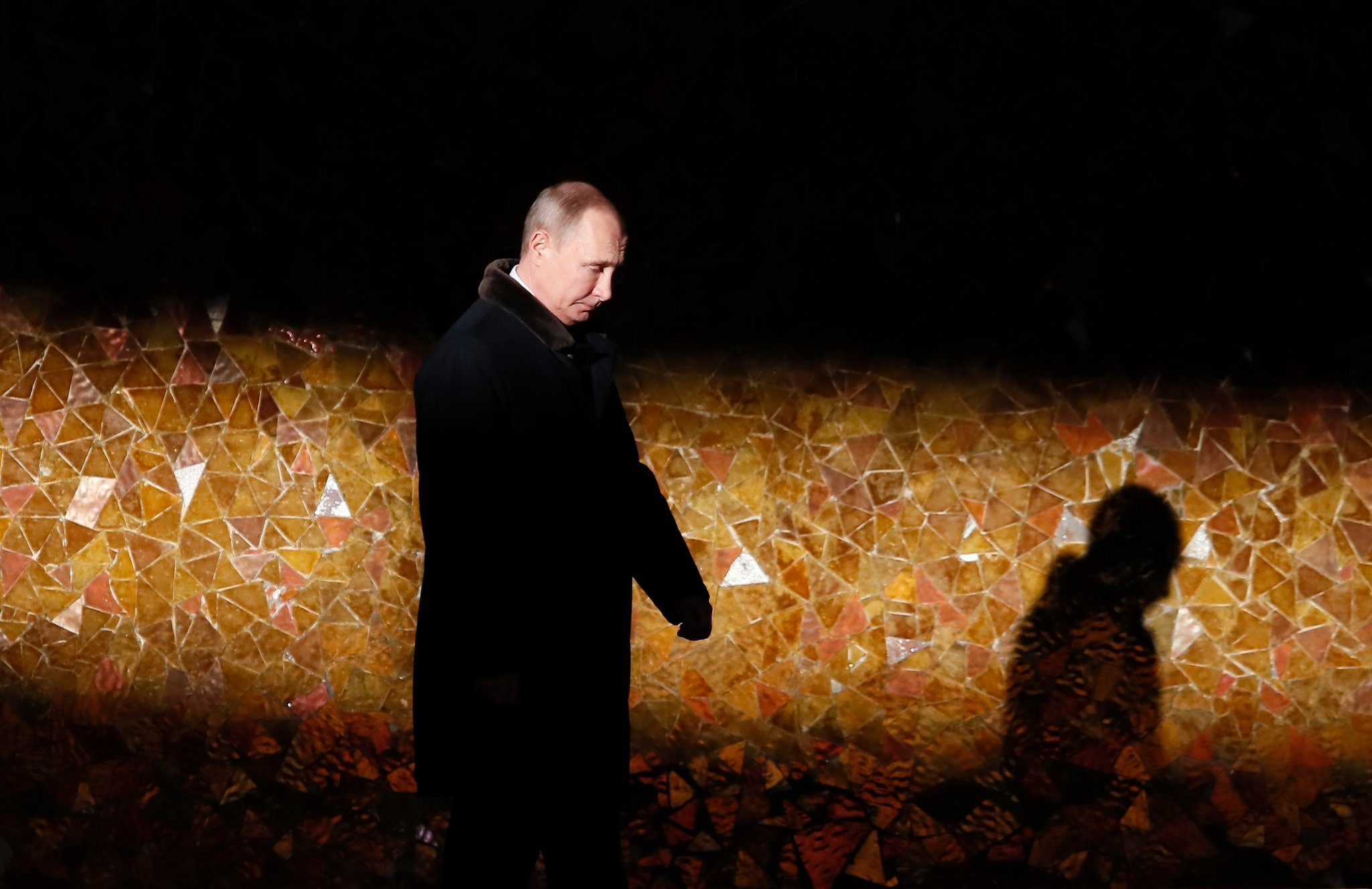
The field research to guide the attack appears to have begun in earnest in June 2014. Two Russian women, Aleksandra Y. Krylova and Anna V. Bogacheva, obtained visas for what turned out to be a three-week reconnaissance tour of the United States, including to key electoral states like Colorado, Michigan, Nevada and New Mexico. The visa application of a third Russian, Robert S. Bovda, was rejected.
The two women bought cameras, SIM cards and disposable cellphones for the trip and devised “evacuation scenarios” in case their real purpose was detected. In all, they visited nine states — California, Illinois, Louisiana, New York and Texas, in addition to the others — “to gather intelligence” on American politics, the indictment says. Ms. Krylova sent a report about their findings to one of her bosses in St. Petersburg.
Another Russian operative visited Atlanta in November 2014 on a similar mission, the indictment says. It does not name that operative, a possible indication that he or she is cooperating with the investigation, legal experts said.
The operation also included the creation of hundreds of email, PayPal and bank accounts and even fraudulent drivers’ licenses issued to fictitious Americans. The Russians also used the identities of real Americans from stolen Social Security numbers.
At the height of the 2016 campaign, the effort employed more than 80 people, who used secure virtual private network connections to computer servers leased in the United States to hide the fact that they were in Russia. From there, they posed as American activists, emailing, advising and making payments to real Americans who were duped into believing that they were part of the same cause.
The playing field was mainly social media, where the Russians splashed catchy memes and hash tags. Facebook has estimated that the fraudulent Russian posts reached 126 million Americans on its platforms alone.

Credit
Maxim Shemetov/Reuters
The Russian operatives contacted, among others, a real Texas activist who, evidently assuming they were Americans, advised them to focus on “purple states like Colorado, Virginia & Florida.” After that, F.B.I. agents found that the phrase “purple states” became a mantra for the Russian operation.
Clinton Watts, a former F.B.I. agent who has tracked the Russian campaign closely, said that he had no doubt that President Vladimir V. Putin of Russia was behind the effort, which was carried out by companies controlled by his friend and ally, Yevgeny V. Prigozhin. But he noted that the so-called trolls employed by Mr. Prigozhin took elaborate steps to obscure their identities and locations and to avoid leaving government fingerprints.
“From the beginning, they built this so it could be plausibly denied,” Mr. Watts said. Mr. Putin has repeatedly denied any government role in hacking and disinformation aimed at the United States, while coyly allowing that patriotic Russians may have carried out such attacks on their own.
Andrew S. Weiss, a Russia specialist at the Carnegie Endowment for International Peace, called the reported origin of the effort in April 2014 “crucially important.”
“That’s a little more than a month after the annexation of Crimea and the launch of Russia’s covert war in eastern Ukraine,” Mr. Weiss said. The resulting crisis “vaporized U.S.-Russian relations overnight,” he said, setting off multiple Russian efforts “to undermine the United States, both in terms of our leading role in the world, but also via our own domestic political vulnerabilities.”
Mr. Weiss said the fact that private companies conducted the social media campaign simply made it cheaper and more difficult to trace.
Mr. Putin has been angry with Mrs. Clinton since at least 2011, when she was secretary of state and he accused her of inciting unrest in Russia as he faced large-scale political protests. Mrs. Clinton, he said, had sent “a signal” to “some actors in our country” after elections that were condemned as fraudulent by both international and Russian observers.
Mr. Mueller’s indictment does not present evidence that the campaign overseen by Mr. Prigozhin was ordered by Mr. Putin. American officials have traced other elements of the Russian meddling, notably the hacking and leaking of leading Democrats’ emails, to Russian intelligence agencies carrying out Mr. Putin’s orders.
While the indictment certainly undermines Mr. Trump’s blanket assertions that the Russian interference is a political “hoax,” it does not accuse anyone from his campaign or any other American of knowingly aiding in the effort.
By the beginning of 2016, the Russian strategy was in place, and the conspirators began their campaign to sow conflict. An internal message circulated through the Internet Research Agency telling operatives to post content online that focused on “politics in the USA.”
“Use any opportunity to criticize Hillary and the rest (except Sanders and Trump—we support them),” the message read.

Credit
Dmitry Lovetsky/Associated Press
The scope of the operation was sweeping. The Russians assumed their fake identifies to communicate with campaign volunteers for Mr. Trump and grass-roots groups supporting his candidacy. They bought pro-Trump and anti-Clinton political advertisements on Facebook and other social media. They used an Instagram account to try to suppress turnout of minority voters and campaign for Ms. Stein, the Green Party candidate.
Applying nearly two years’ worth of political research, the Russians used all of these tactics to target voters in swing states, notably Florida, according to the indictment.
By summer 2016, the Russian operatives were mobilizing efforts for coming “Florida Goes Trump” rallies across the state, all planned for Aug. 20. Using false identities, they contacted Trump campaign staff in Florida to offer their services. One operative sent a message to a campaign official saying that the group Being Patriotic was organizing a statewide rally “to support Mr. Trump.”
“You know, simple yelling on the internet is not enough,” the message read, according to the indictment. “There should be real action. We organized rallies in New York before. Now we’re focusing on purple states such as Florida.”
Taking to Facebook, the Russians used the pseudonym Matt Skiber to advertise the rally. “If we lose Florida, we lose America. We can’t let it happen, right? What about organizing a YUGE pro-Trump flash mob in every Florida town?” the message read, using one of Mr. Trump’s favorite verbal flourishes.
They reached out to local organizations to build momentum for the coming rallies and assign specific tasks.
They paid one unwitting Trump supporter to build a cage on a flatbed truck that housed another person wearing a costume that portrayed Mrs. Clinton in a prison uniform.
After the rallies in Florida, the group applied similar tactics to organize rallies in Pennsylvania, New York and elsewhere.
Weeks before the election, the Russians ratcheted up social media activity aimed at dampening support for Mrs. Clinton.
In mid-October, Woke Blacks, an Instagram account run by the Internet Research Agency, carried the message “hatred for Trump is misleading the people and forcing Blacks to vote Killary. We cannot resort to the lesser of two devils. Then we’d surely be better off without voting AT ALL.”
Then, just days before Americans went to the polls, another Instagram account controlled by the Russians — called Blacktivist — urged its followers to “choose peace” and vote for Ms. Stein, who was expected to siphon support from Mrs. Clinton’s campaign.
“Trust me,” the message read, “it’s not a wasted vote.”
Continue reading the main story
Powered by WPeMatico

